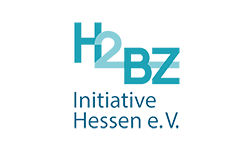Industry leading precision & speed: H2 in N2 50ppm at 30 ms response time
Survives water, measures accurately: No destruction on contact with water & reduced cross-sensitivity
Safe, low maintenance technology: TCD, no chemical, optical or moving parts
Versatile and cost-efficient: measurement from a few ppm to 100 vol% no sample preparation necessary
INNOVATION
in hydrogen measurement





 Download datasheet
Download datasheet




